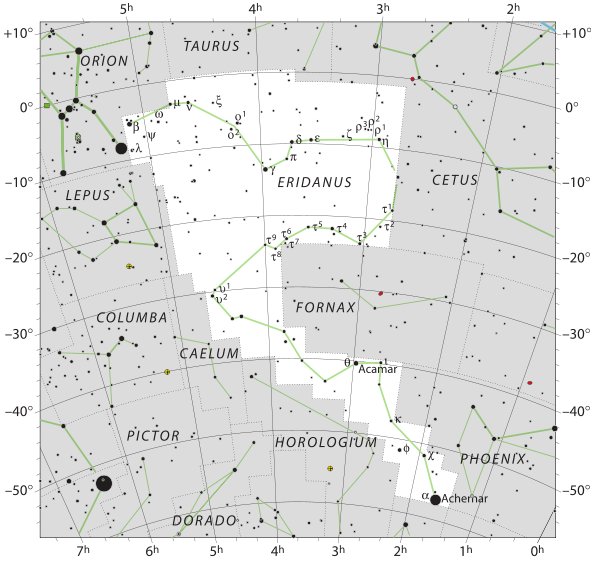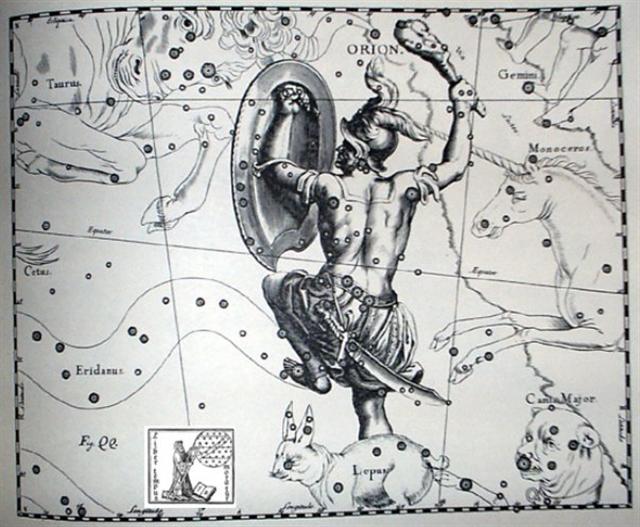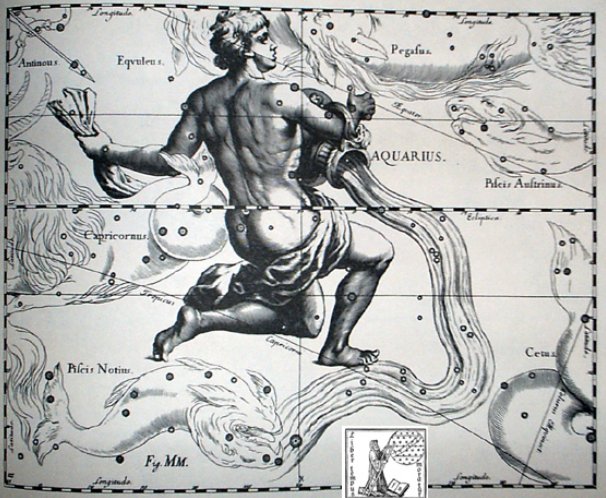In line Ca1 there was evidently a 'close embrace' between Sky and Earth: ... They were Ranginui, the Sky Father, and Papatuanuku, the Earth Mother, both sealed together in a close embrace. Crushed between the weight of their bodies were their many children, whose oppression deepened. They yearned to be free; they fought their parents and each other to break loose. Tuumatauenga, virile god of war, thrust and shouted; Tangaroa of the oceans whirled and surged; Tawhirirangimaatea, Haumiatiketike and Rongomatane, of wild foods and cultivated crops, tried their best but were not successful; and Ruamoko, god of earthquakes, yet to be born, struggled in the confinement of his mother's womb ... Of them all, Taane Mahuta, the god of the forests, was the most determined; he set his sturdy feet upon his father's chest, and braced his upper back and shoulders against the bosom of his mother. He pushed; and they parted. So the world, as the Maori understand it, came into being ... This primal dark and cramped state could have been hinted at by the composition in Ca1-6:
And we could then surely contrast Ca1-6 with the time when Sky and Earth were finally forced apart through the action of a Tree (Rakau):
392 = 7 * 56. Could this be imagined as 7 'months' (or 'years') with 7 and 8 combined ('in tight embrace')? The carapace of the Earth Turtle was characterized by number 7, we know: ... The higher placement of the North Building, with its 13 exterior doorways (reflecting the 13 layers of heaven), and the celestial serpents surmounting the huts identify it with the celestial sphere. The iconography of the West Building, with 7 exterior doorways (7 is the mystic number of the earth's surface), and figures of Pawahtun - the earth god as a turtle - indicate this to be the Middleworld, the place of the sun's descent into the Underworld. The East Building has mosaic elements reflecting the old war cult of Teotihuacan, where tradition had it that the sun was born; thus, this may also be Middleworld, the place of the rising sun. Finally, the South Building has 9 exterior doorways (the Underworld or Xibalba had 9 layers), and has the lowest placement in the complex; it thus seems to be associated with death and the nether regions ... 
The number of glyphs on side b of the C tablet was designed to be 348 = 29 * 12 = 12 * (13 + 7 + 9). Cb1-6 was placed among turtle (honu) glyphs, which suggests the dry and lifeless surface (carapace) of Mother Earth (Pawahtun) was broken through at this place - i.e. after the Julian equinox in Roman times.
As illustrated below by the Mayans there was at first a person delivering space (air between earth and sky) through the action of his right hand, and then his bearded twin delivered the sweet water of life (vai-ora-a-Tane) for the Tree in order to enable its growth (change over time):
Although in Polynesia south of the equatorial belt the seasons were 'upside down': ... Tane, under his name of Tane-te-waiora, is the personified form of sunlight, and the waiora a Tane is merely an esoteric and emblematic term for sunlight. The word waiora carries the sense of health, welfare, soundness. In eastern Polynesia the words vai and vaiora mean 'to be, to exist'. Warmth, sayeth the Maori, is necessary to all forms of life, and the warmth emitted by Tane the Fertilizer is the waiora or welfare of all things ... ... Sky (rangi) and Earth (papa) lay in primal embrace, and in the cramped, dark space between them procreated and gave birth to the gods such as Tane, Rongo and Tu. Just as children fought sleep in the stifling darkness of a hare paenga, the gods grew restless between their parents and longed for light and air. The herculean achievement of forcing Sky to separate from Earth was variously performed by Tane in New Zealand and the Society Islands, by Tonofiti in the Marquesas and by Ru (Tu) in Cook Islands. After the sky was raised high above the earth, props or poles were erected between them and light entered, dispelling the darkness and bringing renewed life. One detail which is iconographically of interest is whether the god responsible for separating Earth and Sky did so by raising the Sky with his upraised arms and hands, as in Tahiti and elsewhere, or with his feet as in New Zealand ... The Earth Turtle (Pawahtun) rested on water we can see from the naab (water lily) in the illustration above.
But south of the equator, on Easter Island, the 'Belly of the Fish' was close to the Full Moon and 'the hand of the water lily' was therefore empty. As Metoro said to Bishop Jaussen the glyph text was not describing the season of the true 'climbing bird' (manu kake) but that of his complementary dark twin (tanist), 'the 2nd climber':
Achernar was very far down, at the end of the Eridanus River as regarded from a point north of the equatorial belt. Eridanus flowed out from Rigel at the left foot of Orion.
But viewed upside down Achernar was at the beginning of the river and in time its flow would empty itself over the left foot of Orion.
Orion had been at the March equinox at the time when the constellations were put in order compared to the seasons north of the equator:
And as for Achernar a basic measure of 234 (= 9 * 26) nights could be observed, from heliacal rising to midnight culmination:
The Mouth of the Fish (Fomalhaut, α Piscis Austrini - or Piscis Notius) rose with the Sun 103 - 62 = 41 days earlier than Achernar, and 41 was the essential number connected with the place for birth (Bharani at *41). 364 = 14 * 26 = 130 + 234.
|
|||||||||||||||||||||||||||||||||||||||||||||||||||||||||||||||||||||||||||||||||||||||||||||||||||||||||||||||||||||||||||||||||||||||||||||||||||||||||||||||||















